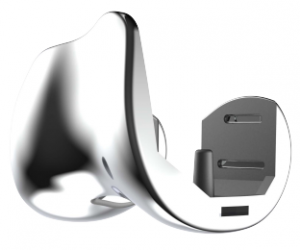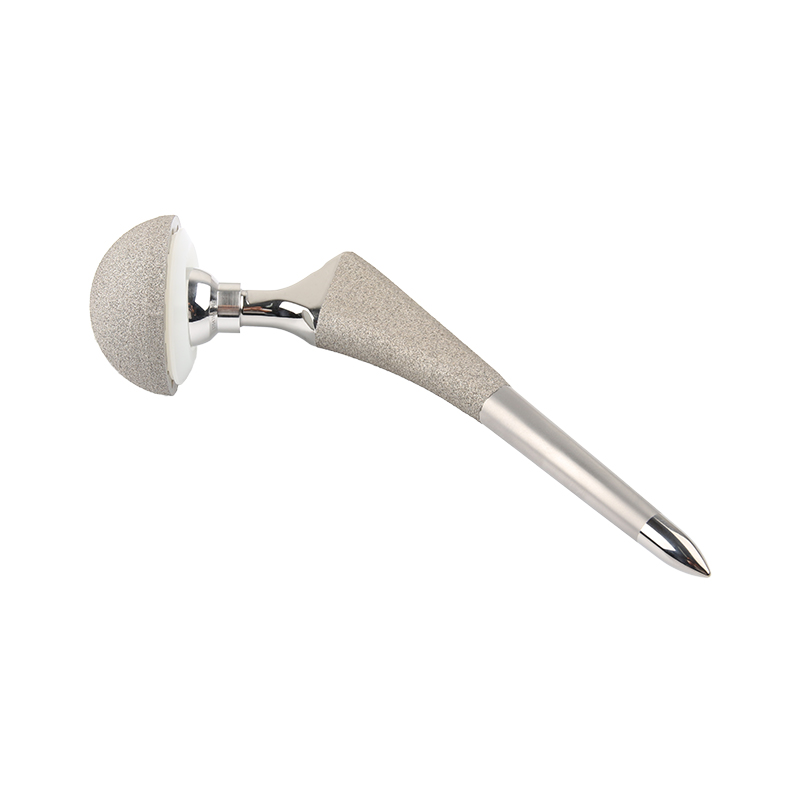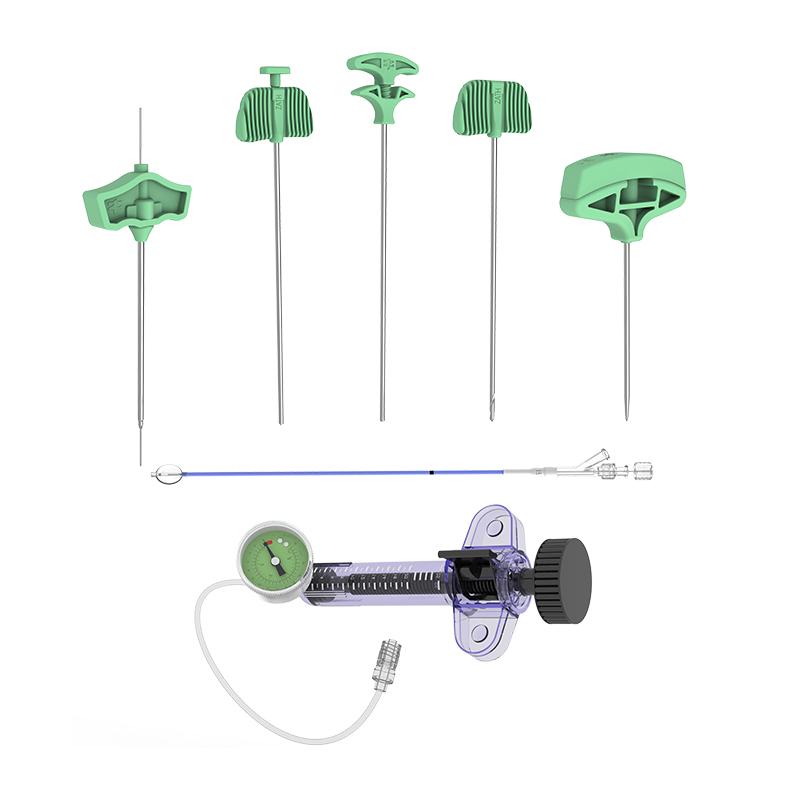Orthopedic titanium knee joint replacement prosthesis
Product Features
Orthopedic titanium knee joint replacement prosthesis


Avoid pendency by three features

1.The multi-radius design provide
s freedom of flexion and rotation.

2.The design of decrescent radius of J curve femoral condyles can bear the contact area during high flexion and avoid insert excavating.


The delicate design of POST-CAM achieves the smaller intercondylar osteotomy of PS prosthesis. The retained anterior continuous bone bridge reduces the fracture risk.

Ideal trochlear groove design
The normal patellatrajectory is S shape.
● Prevent patella medial bias during high flexion, when the knee joint and patella bear the shear force most.
● Do not allow patella trajectory cross centre line.
1.Matchable wedges
2.The highly polished intercondylar side wall avoids post abrasion.
3.The open intercondylar box avoids the abrasion of post top.


Flexion 155 degree can be achieved with good surgical technique and functional exercise

3D printing cones to fill large metaphyseal defects with porous metal to allow ingrowth.

Knee Joint Replacement Indications
Rheumatoid arthritis
Post-traumatic arthritis, osteoarthritis or degenerative arthritis
Failed osteotomies or unicompartmental replacement or total knee replacement
Product Details
| Enable Femoral Component . PS
|
Enable Femoral Component . CR | 2# Left |
| 3# Left | ||
| 4# Left | ||
| 5# Left | ||
| 6# Left | ||
| 7# Left | ||
| 2# Right | ||
| 3# Right | ||
| 4# Right | ||
| 5# Right | ||
| 6# Right | ||
| 7# Right | ||
| Enable Femoral Component (Material: Co-Cr-Mo Alloy) | PS/CR | |
| Enable Tibial Insert (Material:UHMWPE) | PS/CR | |
| Enable Tibial Base plate | Material: Titanium Alloy | |
| Trabecular Tibial Sleeve | Material: Titanium Alloy | |
| Enable Patella | Material:UHMWPE | |
The knee is the largest joint in the human body. It connects your femur to your tibia. It helps you stand, move and keep your balance. Your knee also has cartilage, such as the meniscus, and ligaments, including the anterior cruciate ligament, the middle cruciate ligament, the anterior cruciate ligament, and the anterior cruciate ligament.
Why we need knee joint replacement?
The most common reason for knee replacement surgery is to relieve pain caused by arthritis. People who need knee joint replacement surgery have trouble walking, climbing stairs and getting up from chairs. The goal of knee replacement prosthesis is to repair the surface of the damaged area of the knee and reduce knee pain that cannot be controlled by other treatments. If only part of the knee is damaged, the surgeon can usually replace that part. This is called partial knee replacement. If the entire joint needs to be replaced, the end of the femur bone and tibia will need to be reshaped, and the entire joint will need to be surfacing. This is called total knee replacement (TKA). The femur bone and tibia are hard tubes with a soft center inside. The end of the artificial part is inserted into the softer central part of the bone.











